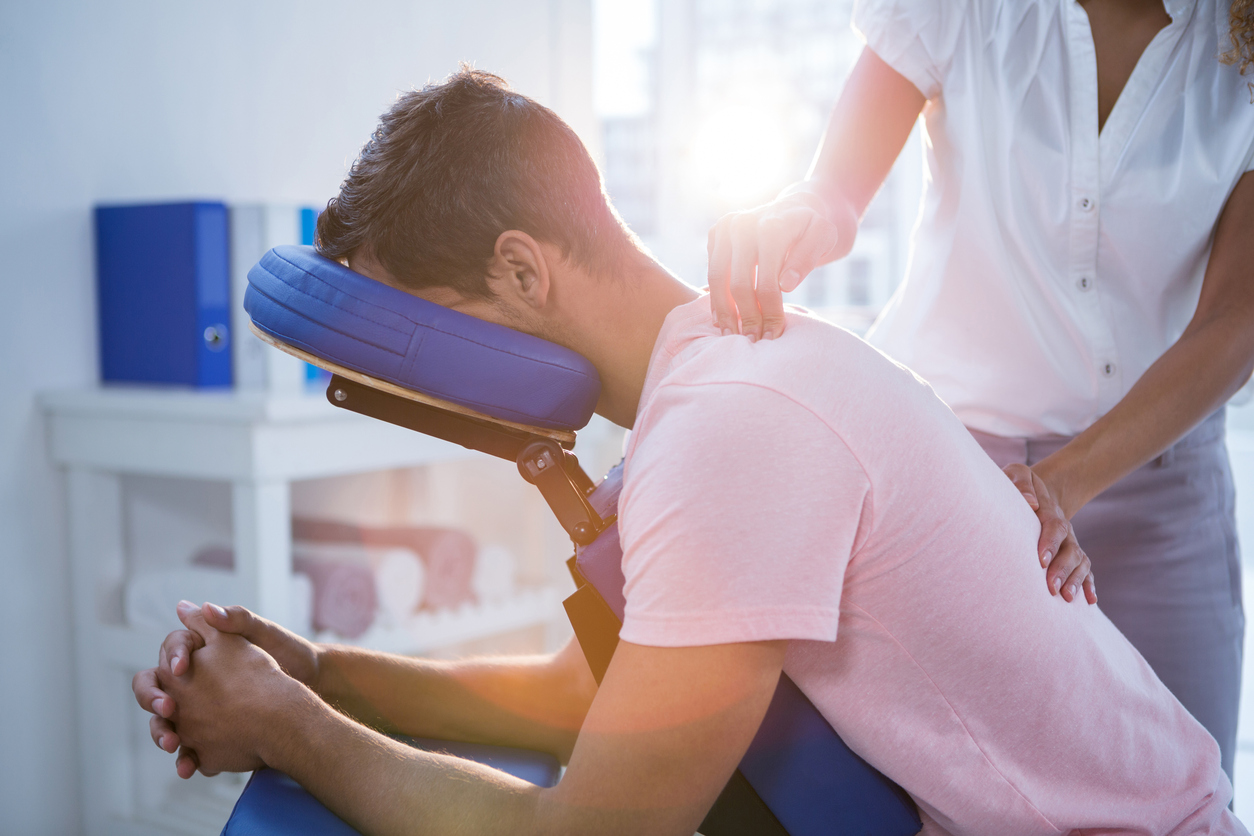Back pain is a pain in the neck…err, back. Both literally and figuratively. It could disrupt your life, your work, routine, daily activities and even recreation. Fortunately for most people, episodes of back pain tend to get better within two weeks to two months. This is called the healing period when your body strives to recover from the recent strain it has put up with. It is also at this precise point where you need appropriate back pain therapy.
The purpose of conservative treatment options, such as back pain therapy, include:
- Decrease muscle spasms
- Reduce pain
- Condition the back
- Assist in managing issues that are usually associated with back pain (e.g., sleeplessness or depression)
There are two kinds of back pain therapy that an affected person may undergo. But for purposes of this article, our focus would be on physical back pain therapy as this type is more easily done by the individual or with some help from friends or family. The other form of back pain therapy is chiropractic or osteopathic which requires assistance from a healthcare professional.
On the other hand, physical back pain therapy is further divided into two classes – passive physical therapy (involving modalities) and active (exercises for back pain).
Passive Physical Back Pain Therapy
This class of physical back pain therapy is called “passive” because it is done to the patient, as opposed to the patient taking an active role in his healing. The therapy requires the use of several modalities.
- Heat/Ice Packs – These are the most commonly used type of modality used in passive physical back pain therapy. The degree of relief may depend on several factors. Some patients find that heat packs work better at reducing back pain while others consider ice packs as more effective. Either of the two may be used and may be alternated.
- Iontophoresis – This involves the application of steroids to the skin. Electrical current is added to cause the steroid to migrate under the skin where it has an anti-inflammatory effect, thus providing relief for the patient.
- TENS Units – Transcutaneous electrical nerve stimulator (TENS) unit applies electrical stimulation to the back in order to modulate pain. The stimulation overrides the painful signals that are sent to the brain.
- Ultrasound – A form of deep heating, this passive physical back pain therapy applies sound waves to the skin where they penetrate into the soft tissues. This method can relieve acute pain and may even speed up muscle healing.
Active Physical Back Pain Therapy
In addition to using modalities, active physical back pain therapy is also important in order to condition the body and rehabilitate the spine. Patient should pay particular attention to the shoulders, back, hips, and legs when performing exercises. Before you do any exercise program, it is recommended that you perform some warm up or stretching exercises first.







Be First to Comment